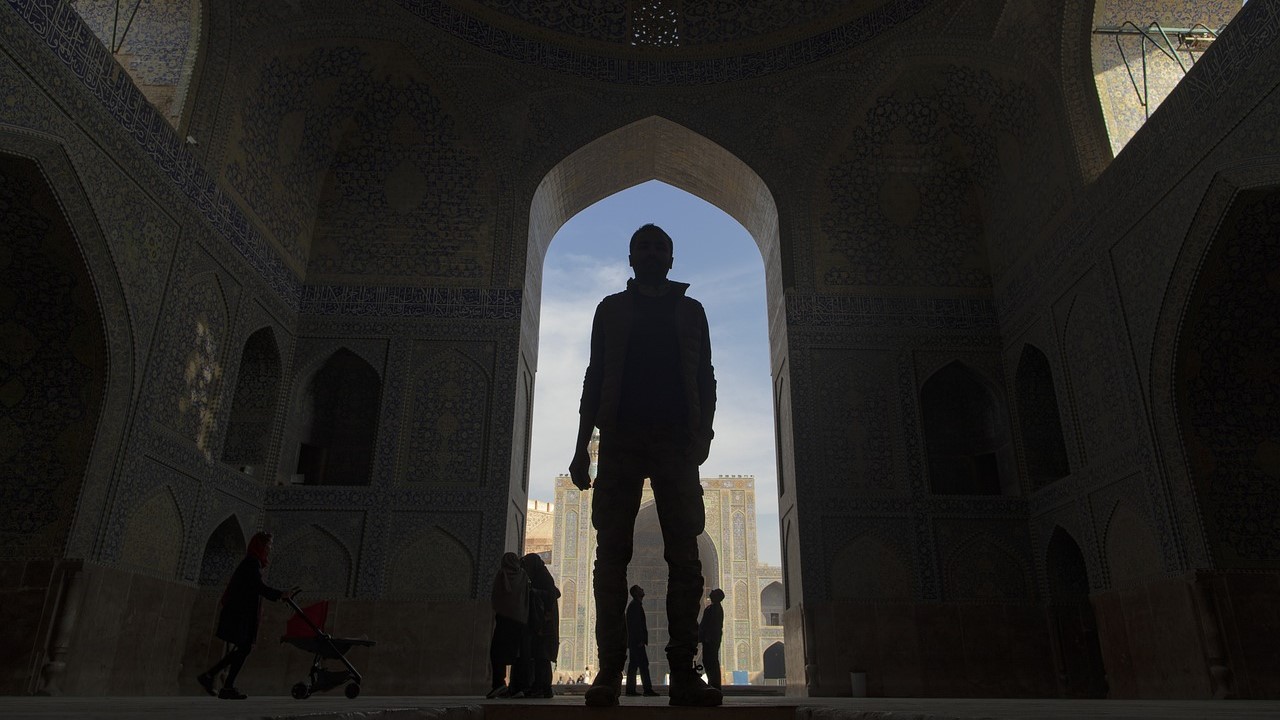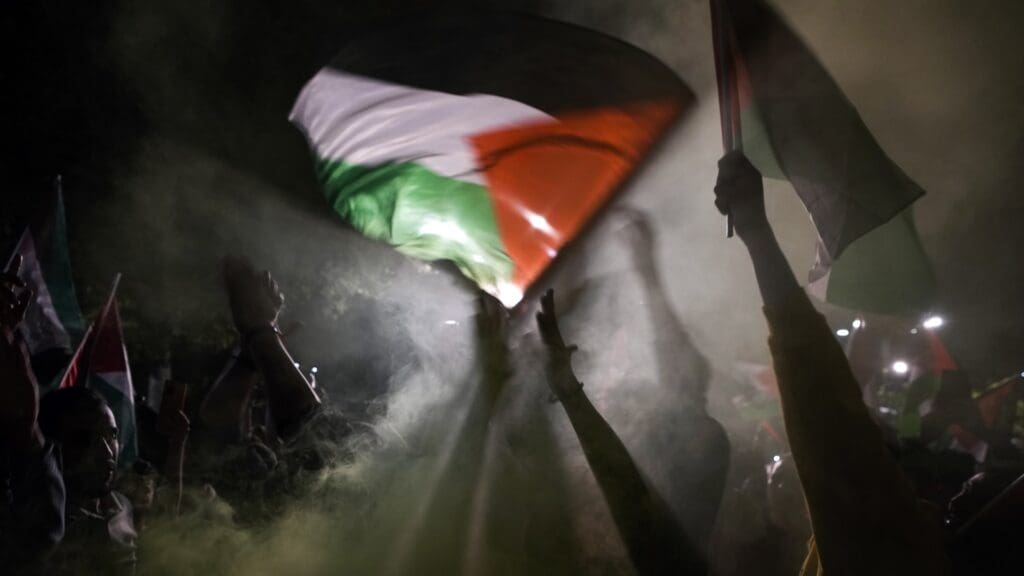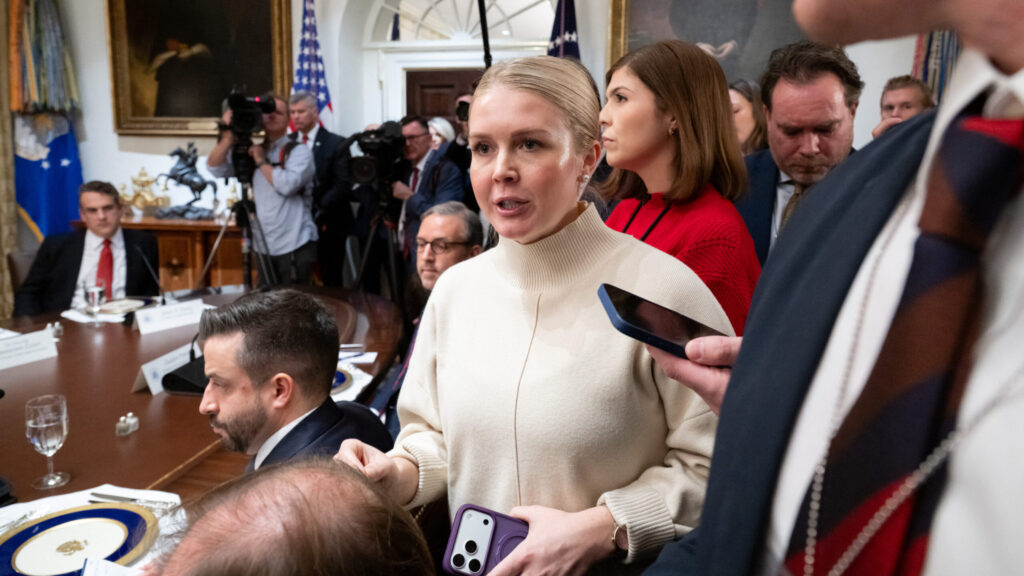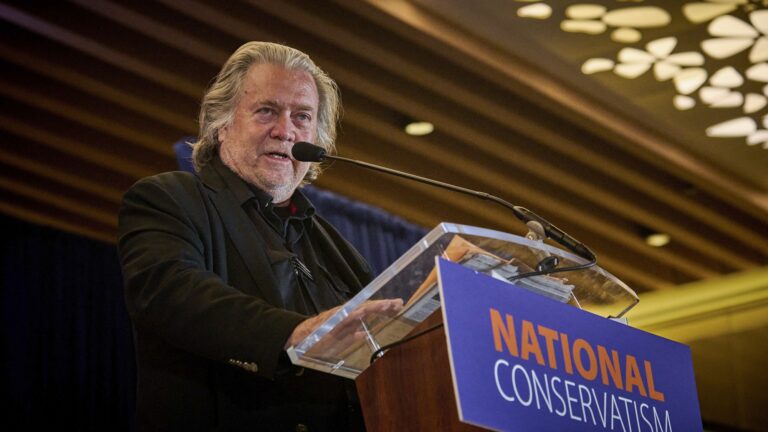For nearly two weeks, Israel carried out a series of strikes targeting Iran’s nuclear facilities, ballistic missile programme, top scientists, and military leaders. Israel has long viewed the Islamic Republic’s nuclear programme as an existential threat, arguing its covert goal is to build a nuclear weapon aimed at the Jewish state. Thus, after Donald Trump’s negotiations with Iran collapsed, it was only a matter of time before Israel acted militarily.
After gaining air superiority in the first 48 hours of the attack, Israel could strike its targets with precision over 1,500 kilometres away from home. Iran’s response was limited but brutal, launching around 500 ballistic missiles and hundreds of drones, many aimed at civilian areas in Israel.
However, it was ultimately US involvement that proved critical to achieving Israel’s objectives. American airstrikes, including 14 powerful bombs dropped on key nuclear sites in cities like Isfahan and Fordow, inflicted significant damage, according to reports. Following the strikes, Donald Trump ultimately called for a ceasefire. Although fragile, it has held up so far.
Is America Back?
Without US intervention—specifically its use of the GBU-57 ‘bunker buster’ bombs—the war might still be ongoing, as these weapons were only capable of destroying Iran’s deeply buried nuclear facilities. The US bombs may also have come with certain demands for Israel, such as halting further attacks after the US strikes.
Some view Washington’s actions as a return to its former role as the Middle East’s ‘policeman’—a position the US has sought to shed for over a decade, in order to focus on strategic areas like the Indo-Pacific. That still makes a long-term American re-engagement in the region unlikely.
‘US bombs may also have come with certain demands for Israel, such as halting further attacks after the US strikes’
Moreover, Israel has shown that it can act effectively on its own, without permanent direct support from Washington. Over the past year and a half, Israel has nearly dismantled Hamas, weakened Hezbollah, and carried out precision attacks in Iran in the face of the country’s largely ineffective air defences. However, occasional assistance and back-up are still provided by the United States, but it is much less than Washington used to do in the region.
Regime Change? Not This Time
The success of Israel’s military campaign led some—including the exiled son of Iran’s last Shah—to envision regime change in Tehran. But replacing Iran’s regime was never the foremost goal of the Israeli and American operations.
Regime change would require very different tools—not just airstrikes and targeted assassinations. Iran does not have a viable internal opposition ready to take power, as most opposition figures have been exiled or imprisoned. Despite facing losses, the Islamic Revolutionary Guard Corps is still capable of maintaining the regime by force, as they have done numerous times in the past, brutally cracking down on any anti-regime protests.
What Comes Next?
At Trump’s urging, the 12-day conflict ended unexpectedly quickly. Washington, Jerusalem, and Tehran have all claimed victory. But in truth, the ceasefire likely benefited Iran most, as it had no real way to defend itself against the Israeli and US attacks.
‘There’s a real fear that Tehran will now double down on rebuilding its nuclear programme’
What happens next will depend mainly on how much damage Iran’s nuclear and missile programmes actually sustained. There’s a real fear that Tehran will now double down on rebuilding its nuclear programme, hoping to develop a bomb as a deterrent against future attacks. But both Washington and Jerusalem have made it clear: if Iran resumes its nuclear work, they will strike again. This ceasefire, then, feels more like a pause in the conflict than a true peace.
Related articles:







